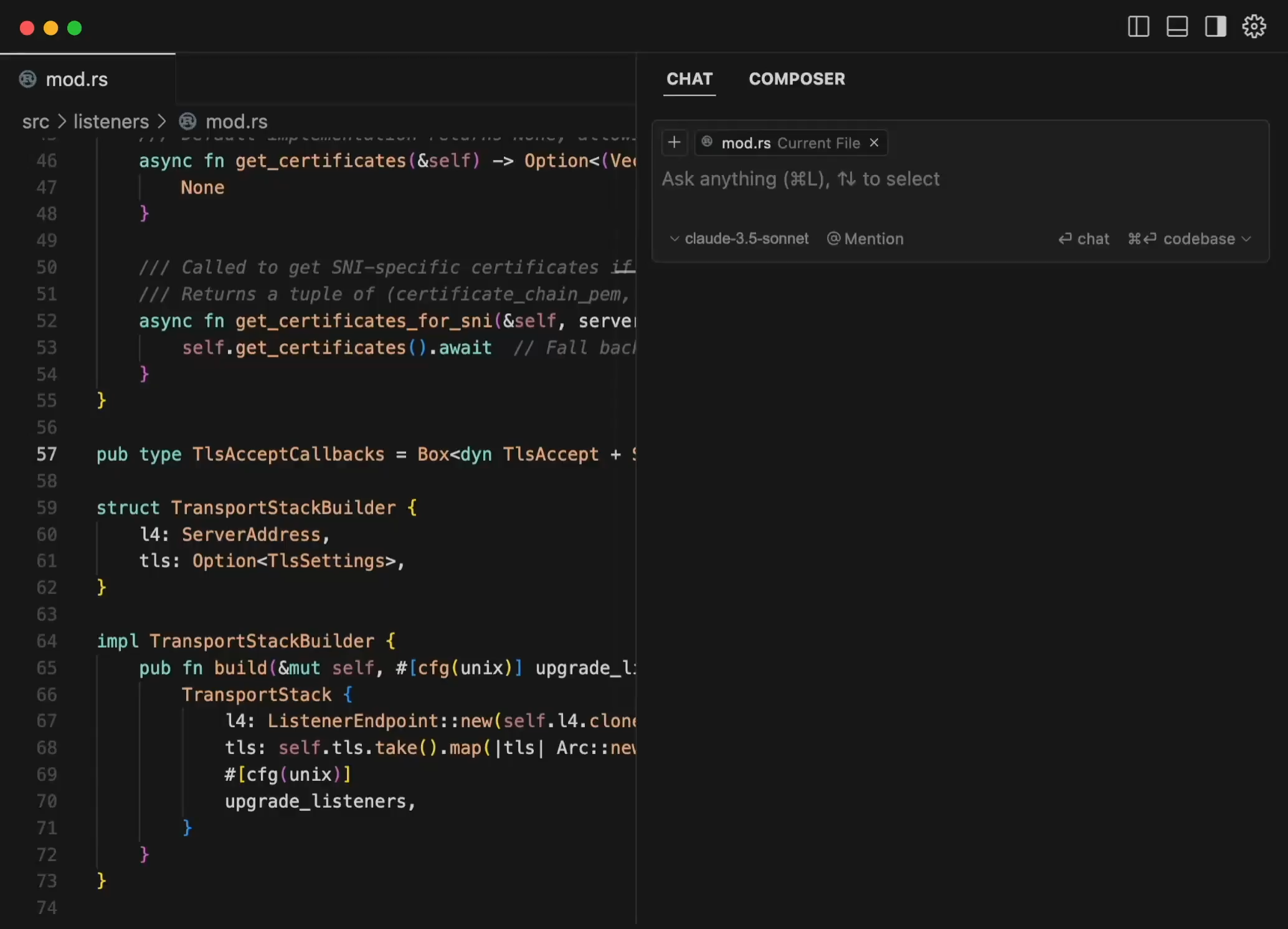The Relationship Between MCP, AI Agent, GenAI, and LLM
Note: The information in this post are collected and composed at April 2025, in the future it can be changed with the development of AI.
These terms represent different components and approaches within the artificial intelligence landscape:
(Generated by Claude AI)
Generative AI (GenAI)
- Broader category that includes LLMs but extends beyond text
- Encompasses systems that create new content: text, images, audio, video, code, etc.
- Examples: DALL-E (images), Midjourney (images), Sora (video), LLMs (text)
- Generative AI (GenAI) serves as a broad category that includes various content-generating AI technologies:
- LLMs are a specific type of GenAI focused on text
- Other GenAI models include image generators (DALL-E, Stable Diffusion), video generators (Sora), etc
Large Language Models (LLMs)
- LLMs are a specific type of GenAI focused on text generation.
- Foundation: The base technology - neural networks trained on vast text data to understand and generate human language
- Examples: GPT-4 (OpenAI), Claude (Anthropic), Gemini (Google), LLaMA (Meta), PaLM
- Function: Process and generate text based on patterns learned during training (References: Claude, Gemini)
AI Agents
- Systems that use AI models (often LLMs) to take actions toward goals
- Typically involve:
- Planning capabilities
- Decision-making processes
- Ability to interact with tools/APIs (other parts from workflow)
- Memory/context management
- Examples: Task-specific assistants, autonomous systems that can execute multi-step workflows
Model-Context-Protocol (MCP):
- A communication protocol focused on standardization
- Defines how models exchange information and share context
- Enables interoperability between different AI systems
- Addresses the technical challenges of context handling across models
Model-Controller-Paradigm
-
An architectural approach for creating robust AI agents Separates the system into distinct components:
- Model: The LLM or other AI models providing intelligence Controller: The orchestration layer managing the system’s behavior
-
Paradigm: The framework and principles governing the system’s operation
- Provides structure for complex agent systems with enhanced reliability and control
Hierarchical Relationship
- GenAI → Includes LLMs as a specialized text-focused subset
- LLMs → Often power AI Agents by providing reasoning capabilities
- AI Agents → May be architected using the Model-Controller-Paradigm
- Model-Context-Protocol → Can facilitate communication between different components in this ecosystem
Practical Implementation Flow
In a complete system, these elements might connect as follows:
- An
LLM (part of GenAI)provides the core intelligence - The
Model-Context-Protocolfacilitates standardized context handling and communication - An
AI Agentframework coordinates planning and action The Model-Controller-Paradigm provides the architectural blueprint for the entire system
Each concept represents a different level of abstraction or focus area in the AI ecosystem, from specific technology (LLMs) to broader categories (GenAI), system capabilities (AI Agents), and design patterns/communication protocols (both MCPs).

 Try to use Cursor tool for automation testing daily work
Try to use Cursor tool for automation testing daily work